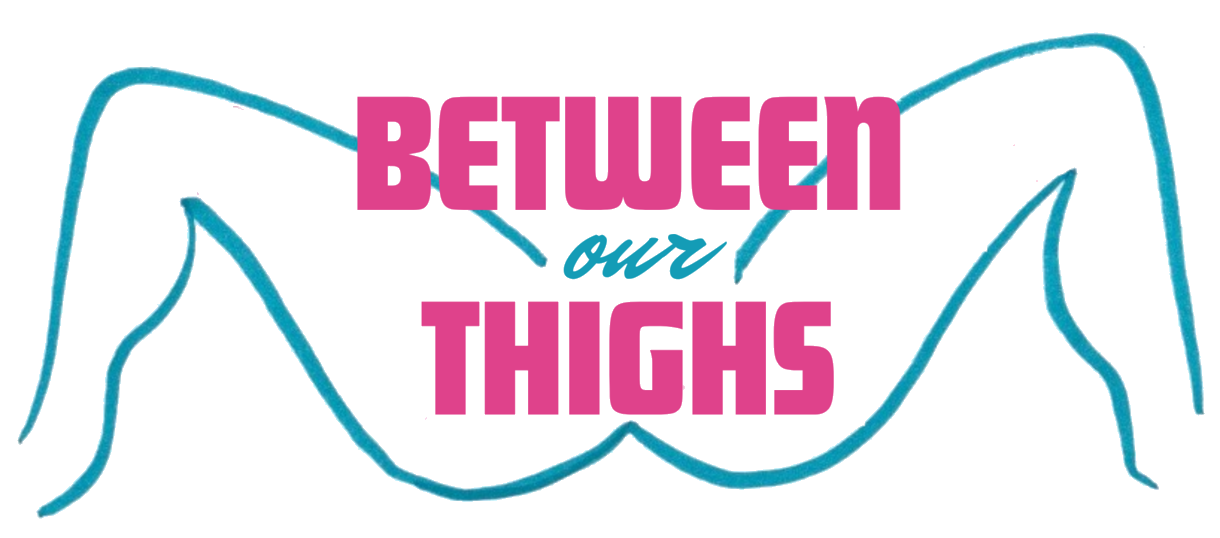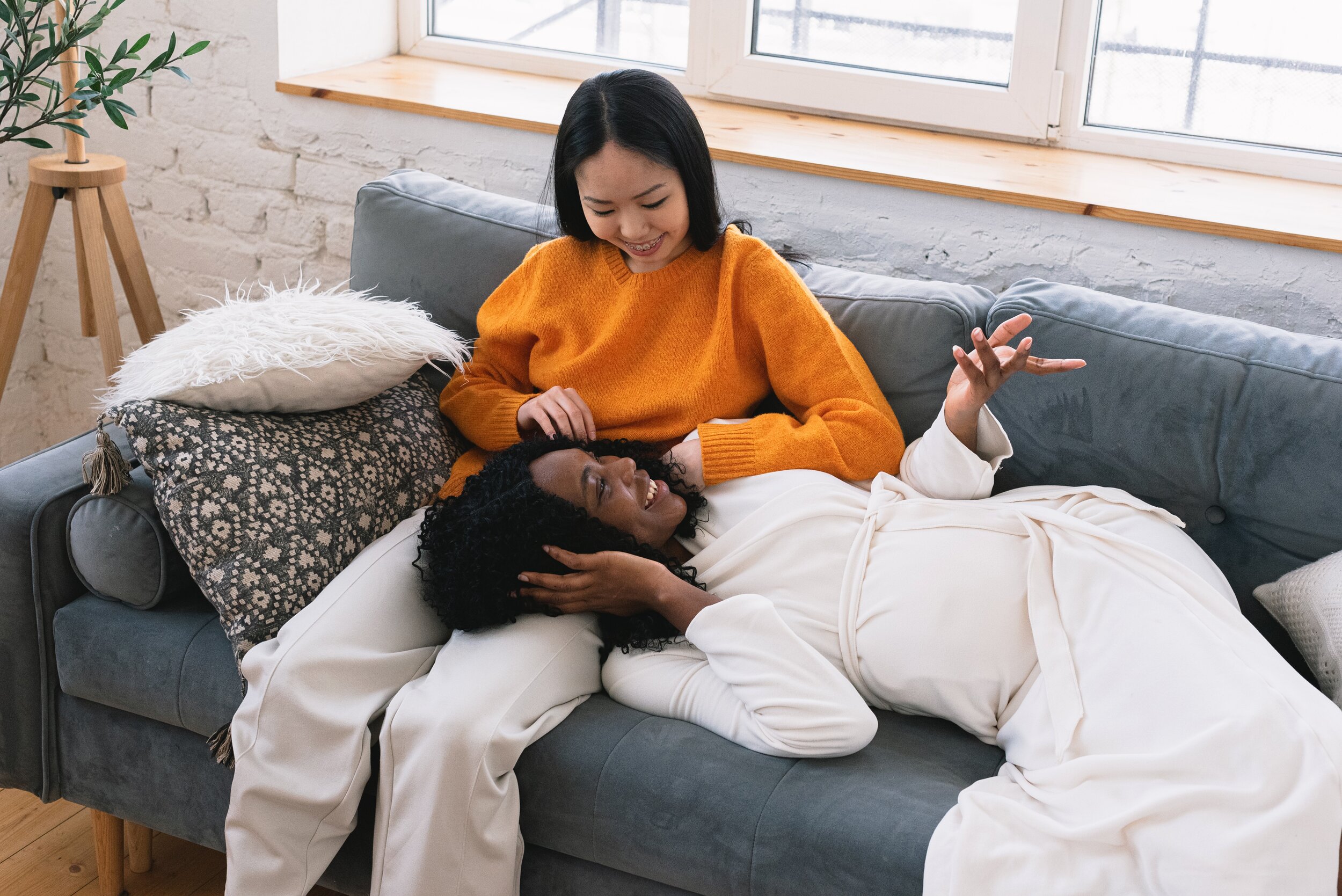Secure Attachment: What Is It and How Can I Actually Accomplish It?
Did you know that the way a person bonds to and emotionally connects with a significant other can be heavily influenced by the relationship that they had with their caregiver(s) as a young child? It’s true! In this psychological approach referred to as “attachment theory,” there are four potential attachment styles that a person can have: secure, ambivalent (anxious-preoccupied), avoidant or dismissive, and disordered or disorganized. Arguably, a secure attachment is the style within attachment theory that every couple should strive for, as it typically leads to a healthy relationship where partners foster open communication and are comfortable setting healthy relationship boundaries with one another.
As you can imagine though, folks experience different upbringings, have varying personalities, and have experienced a multitude of events that shape their lives as a whole (among other influencing factors); thus, attachment styles can differ from person to person, including within a romantic relationship. Thankfully, a person can work towards developing a more secure attachment with their significant other, and it might be more straightforward than you think.
We’ve also created an attachment styles quiz, found at the bottom of this article, to better help you understand which you most identify with.
What is a secure attachment style?
When you’re single: Folks with a secure attachment style generally feel safe, satisfied, and stable in their relationships with themselves and the relationships they form with others, whether romantic or platonic. They are not determined to avoid being single just because all their friends are in relationships and are not afraid to stop and ask themselves: am I ready for a relationship?
When you’re in a relationship: You can see this secure attachment manifesting as the person being able to confidently set and talk about their essential relationship boundaries to their significant other. They will feel comfortable talking to their partner about their needs, equally prioritize self-love and self-care and their partner, and will exhibit relationship green flags with their actions and words. When both partners are securely attached, the love will feel equally safe and strong.
Is having different attachment styles a bad thing?
The short and indirect answer is: possibly, but not necessarily.
Depending on your and your partner’s individual attachment styles, there can be some discrepancies in understanding how you bond romantically and develop relationships. Perhaps the most difficult to experience yourself or in a partner is an avoidant or dismissive attachment style, since (as the name suggests), they develop an avoidance of emotional closeness. These folks tend to prefer short and casual relationships because they continually push their partners away due to being uncomfortable with emotions, feeling closed-off or intolerant, and not wanting to invest emotionally in another person.
However, the other non-secure attachment styles can lead to many red flags, many of which stem from a lack of caring for one’s mental health and well-being and working towards fostering relationship self-care.
How can I be more securely attached to my partner?
Before you start, figure out what style resonates most with you by taking an attachment styles quiz (like the one we’ve included for you down below). From there, you and your partner can determine what areas need to be improved upon and as a result, work towards a better relationship. As a starting point, we recommend doing what you can to have better conversations, including encouraging one another to speak candidly about both the negative experiences and feelings you have, as well as the positives. If you’re unsure how to bring such topics up at random, you can schedule relationship check-ins to make these discussions easier.
You can also determine which of the five love languages work best for each of you and regularly incorporate this into how you express your love to one another.
By having a better understanding of attachment theory and how you can be more securely attached to your partner (and they to you), you might be able to achieve it without necessarily having to attend couples’ therapy (although, opting to can be extremely helpful). In a truly balanced relationship, you will find that you can be open about your needs, frankly discuss both emotional and physical boundaries, and communicate fully to convey and receive all the green flags that make for a healthy partnership. Who wouldn’t want to feel more secure in both themselves and their significant other?
Still unsure of where you fall within the attachment theory? You can find our attachment styles quiz directly below:
What are some ways that you encourage yourself to maintain a secure attachment with your significant other? After taking the attachment styles quiz, did you discover that you feel securely attached with your romantic partners? Let us know your thoughts in the comments below.




